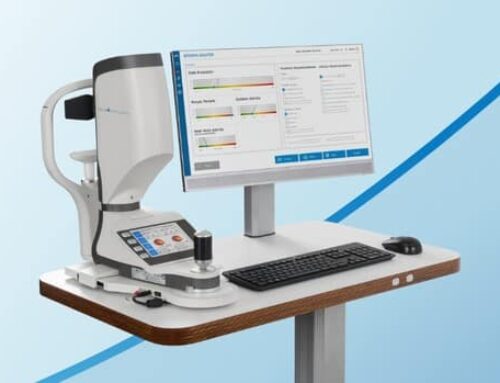Fundus photography is a vital component in ophthalmology and optometry. Detection and documentation of the posterior eye is crucial in disease management. The fundus imaging technology used to view the ophthalmoscopic appearance of a patient’s retina is ever-changing, so what features should your fundus imaging equipment have in 2021[1]?
1) Whilst most fundus cameras are non-mydriatic (can be used without the need of drops for pupil dilation), technology and cameras are improving so that pupils can be as small as 2.5mm and still able to get clear imagery and scans. This means the device can be used in a variety of lighting and with patients who are light sensitive.
2) Confocality and field of view. The best fundus cameras need to be able to take high image quality and give true-to-life colours. Giving optometrists authentic perception of retinal anatomy can help detect the smallest of details to help diagnose a pathology quickly. Having a wide field of view is also essential, as more of the eye can be seen – with newer devices capturing 50° in one shot.
3) Remote equipment and cloud technology. Having equipment that can be used anywhere and not be plugged into a computer or power source makes appointments much quicker and more comfortable for the patient. Having cloud technology means images can be seen on computers remotely in different rooms, which can create a safer experience for both doctor and patient during the pandemic.
4) Full automation. Having a device that can autofocus and auto-expose can cut appointment times down dramatically, saving time so more can be spent diagnosing patients and progressing treatment.
To see our full range of fundus and retinal imaging equipment, click here.
References
[1] https://www.marketwatch.com/press-release/global-fundus-cameras-market-trend-2021-with-top-countries-data-industry-insights-by-players-regional-segmentation-growth-applications-major-drivers-value-and-foreseen-with-covid-19-analysis-2021-02-16







